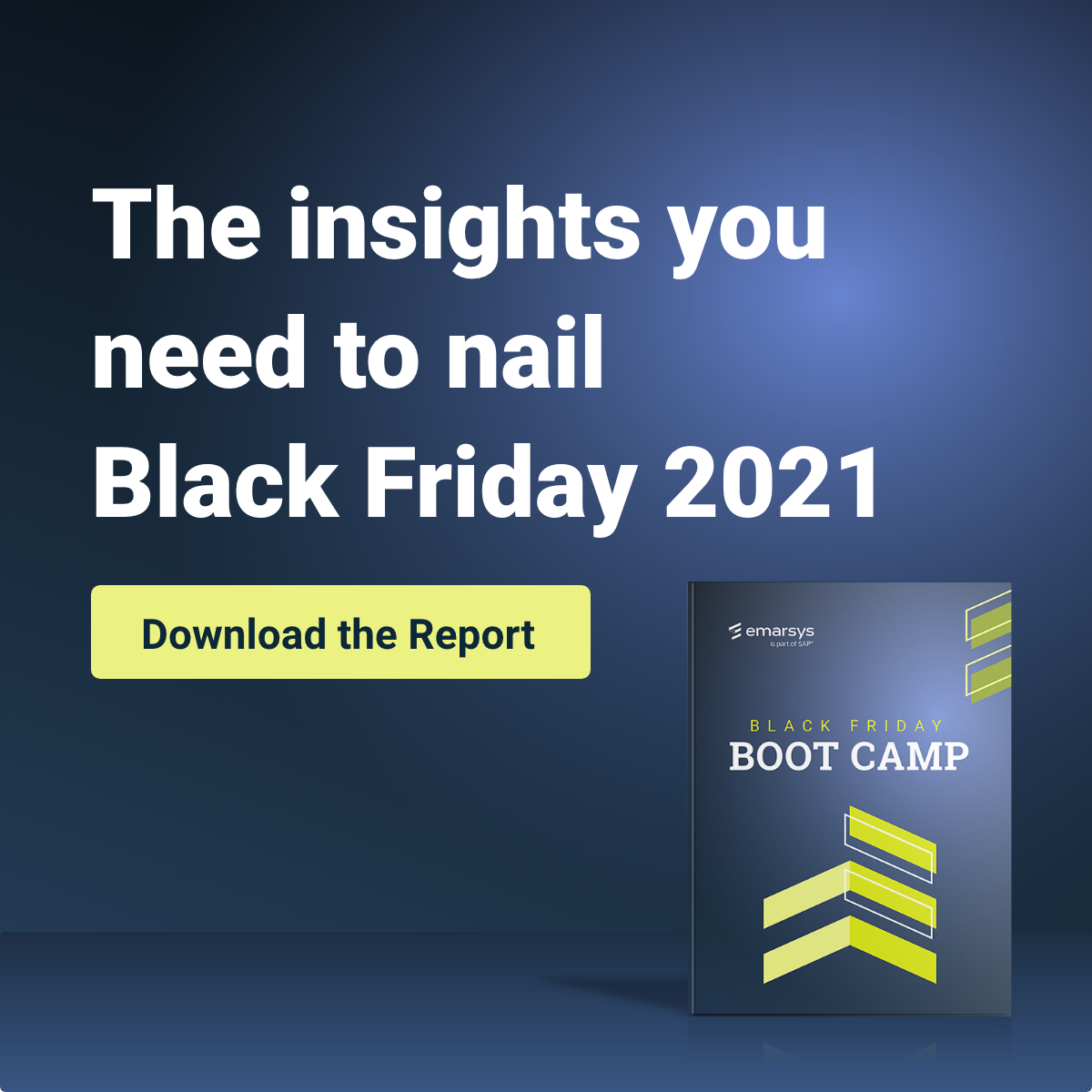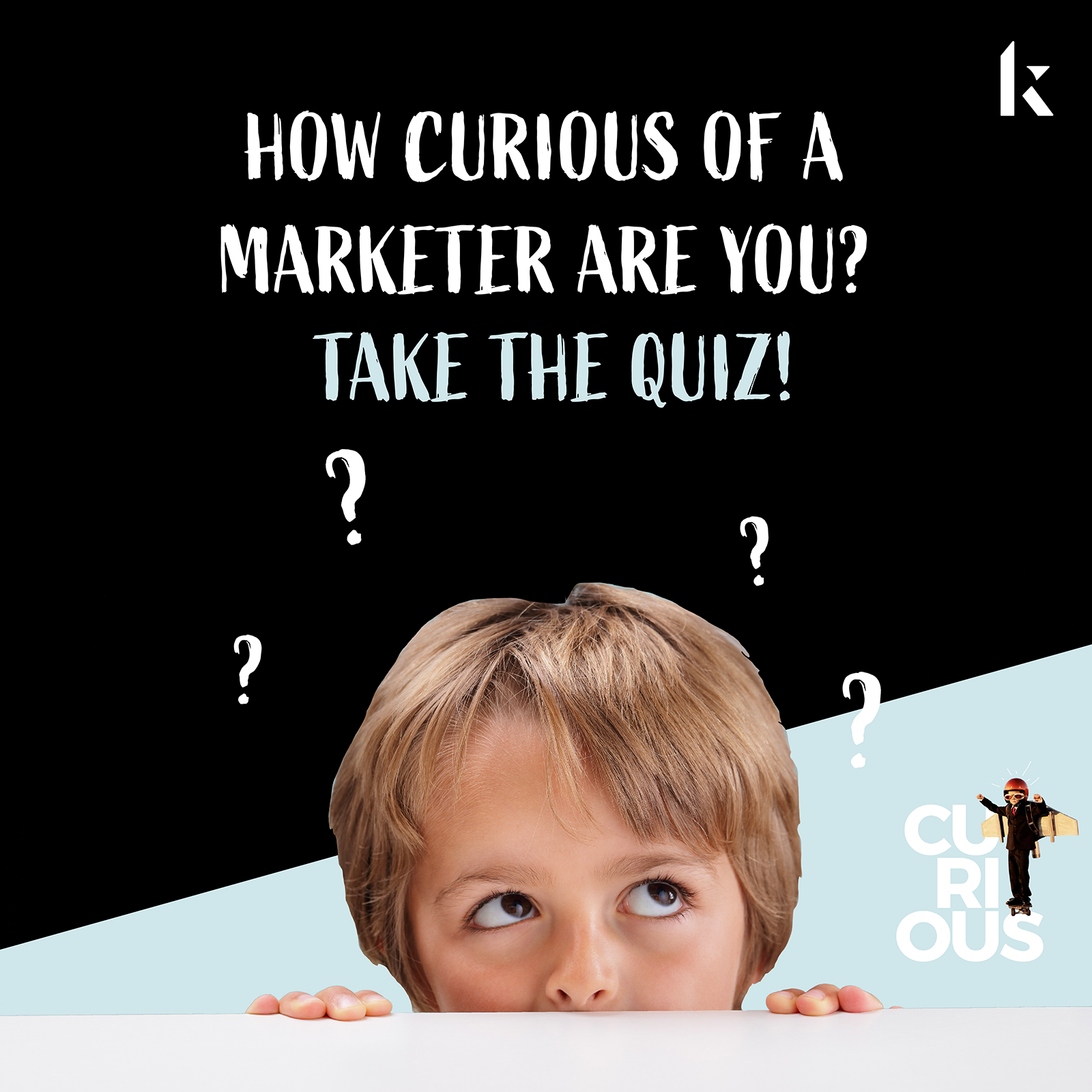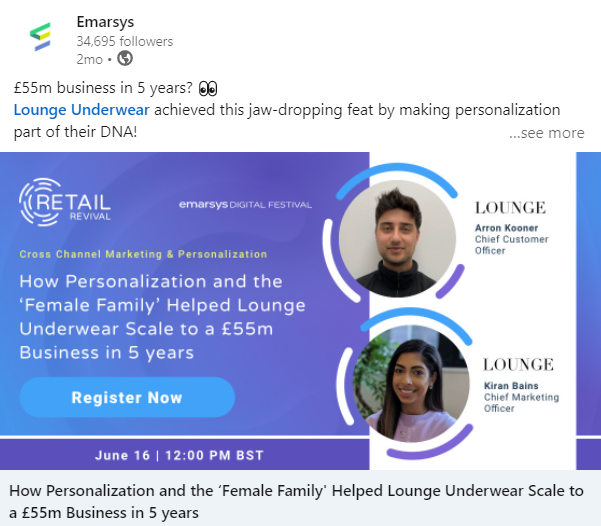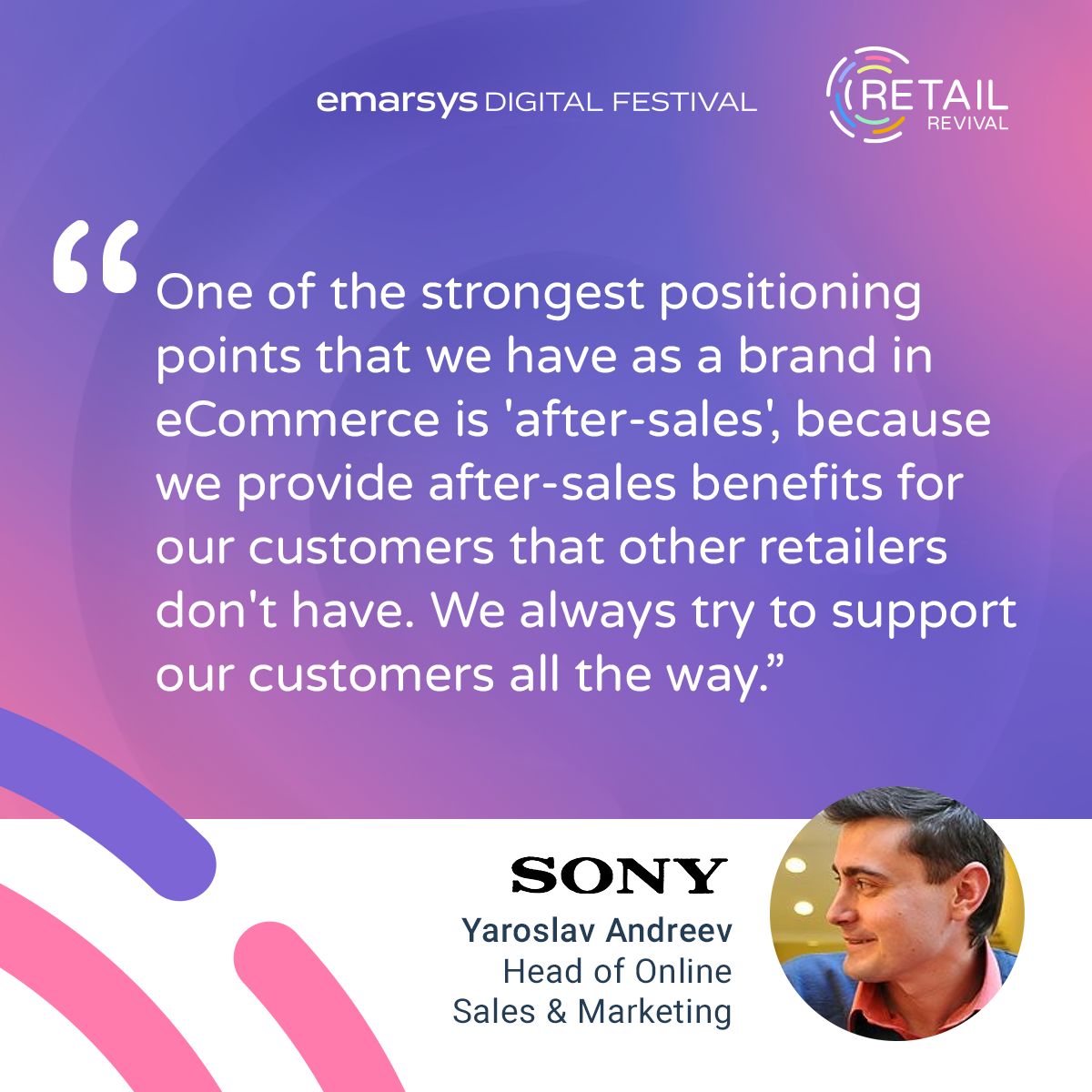Want to stay ahead of the marketing curve in 2022? We’ve got you covered! Here are our first 3 key predictions.
Higher privacy protection & no more 3rd-party cookies
Consumers have been asking for more control over their data, and the Big Tech listened: Google’s recent update means “the death of third-party cookies” in 2023, Apple’s iOS 14.5 privacy update is all about protecting users’ activity across apps and websites, and Facebook introduced new privacy-enhancing technologies to minimize the amount of personal information the app collects.
Big changes in the world of marketing and advertising…
What does this mean for next year’s marketing plans?
- Efforts to gather and fully take advantage of first-party data will increase, after all, these cookies aren’t going anywhere!
- The use of CRM tools will rise dramatically
- Surveys and interactive content won’t be tools of Research teams only – Marketing teams will be highly involved in developing, implementing and analyzing them
- Tracking of marketing efforts will become more complicated making proving ROAS even trickier than before – but don’t worry, there’s still something you can do to better assess performance of your Facebook campaigns. Verify your website! We’ve advised all of our clients to do so.
The value of brands owning data is now higher than ever. So if you haven’t started building your CRM, the time is now. It will give you the upper hand next year when 1st party data targeting will be the norm. Don’t know where to start?
At Sticky Click, we help both our B2B & B2C clients prep for 2022 – from building newsletters databases, to encouraging email sign-ups through content downloads, discount codes, competitions and more. But quality over quantity should always be on your mind – having accurate targeting and insights on email open rates/interactions is key to ensure you are building a database full of engaged contacts, not just inactive email addresses.
Another piece of advice, don’t rely on just one platform (we are looking at you B2B marketers!) GDN, Search, Twitter, Facebook or LinkedIn – all can play a key part in the top and middle of the funnel.
The first step is making sure you cover your basics. Find out more about how you can collect and use first-party data from one of our client Emarsys’ most recent guides.
Hybrid events may be the future, but the focus should be on creating unique, engaging experiences
Did you know that the virtual events industry is expected to exceed $400 billion by 2027? BUT, heard of “webinar fatigue” before? It’s become a real issue since the pandemic started.
How many webinar invites did you get in the past year? Tens, hundreds? It’s exhausting. When Covid19 hit, everything went remote and online. Events included. But that was another addition to the already busy virtual world… And guess what? Most of them were too generic, very similar to one another, with no real value.
The future of events is hybrid, but it’s also about engaging experiences. How can you achieve this?
- Focus on the stories people want to hear, not the story you want to tell
- Make sure your event has a clear purpose and topic
- Be transparent about the agenda. You don’t want people to leave halfway through
- Don’t overdo it. Organize fewer and BETTER events.
- Take people’s busy schedules into consideration, if you know you can fit everything into a 1-hour webinar, why make it 2 hour-long? Make your events shorter!
- Ask yourself “Why mine?” If there are already hundreds of similar events to yours, why would people choose it, right? Make sure you provide a unique experience, for example, with free food & beverages delivery, wine tasting, personalized gifts etc.
- Differentiate your offering by having unique speakers – don’t just use your own people, bring someone new to the table!
Below are just a few examples (not an exhaustive list by any means!) of how to smash each of the 3 stages of your events!
Pre-event
Ensure your focus on something that is on your audience’s mind at that time and speak their language! Make sure your promotional content is straight-forward, giving them a good insight into what the conversation is about. And remember, you should think outside the box!
For our client Kenshoo’s CURIOUS event, for example, we posted the agenda before each stream, targeting each territory separately. These received a high amount of engagement as people were clicking around the agenda to find out more. We took this a step further, by keeping the engagement levels high with event-themed quizzes, carousels, and speaker video invites giving a sneak peek into what Kenshoo (now Skai) had planned.
During the event
You want people to remember you and shout about their positive experiences! Kenshoo definitely smashed this stage by taking it a step further and creating a whole 3D live experience, for their US, UK, and APAC audiences (separately) – now this is an example of an event that puts attendees first!
Post-event
This is the most underrated stage of event planning.
To make sure you maximize the return on investment your company made into it, you shouldn’t stop when the event ends. For example, you could promote it on-demand, add subtitles (to make it user-friendly and more accessible), share key highlights, flip it into a workshop and just have a bit more fun with it. Imagine if your event was available in different formats and platforms, like on Spotify as an mp3, while still being on YouTube as an on-demand video. This would help you reach more people, as well as users with different preferences (podcast vs video fans).
One great example of that is coming again from Emarsys. They used the formidable volume of content they captured during Digital Festival: Retail Revival and atomized it into Top 5 blogs, best highlights, or little video snippets with the creme-de-la-creme of advice on a specific topic from their various speakers making sure that the content lives on and drives value for them and their audience long after the event is over.
Giving back to the community will be a key marketing focus
Today, 70% of global consumers are interested to know what their favourite brands do to address social and environmental issues, and 46% pay close attention to a brand’s social responsibility efforts before buying a product. According to a recent report by our client, Skai, the average apparel rating on Amazon is 4.0, but rises to a 4.2 when the product descriptions mention sustainability. This is exactly why more and more brands will develop a much stronger, CSR-focused marketing strategy by next year.
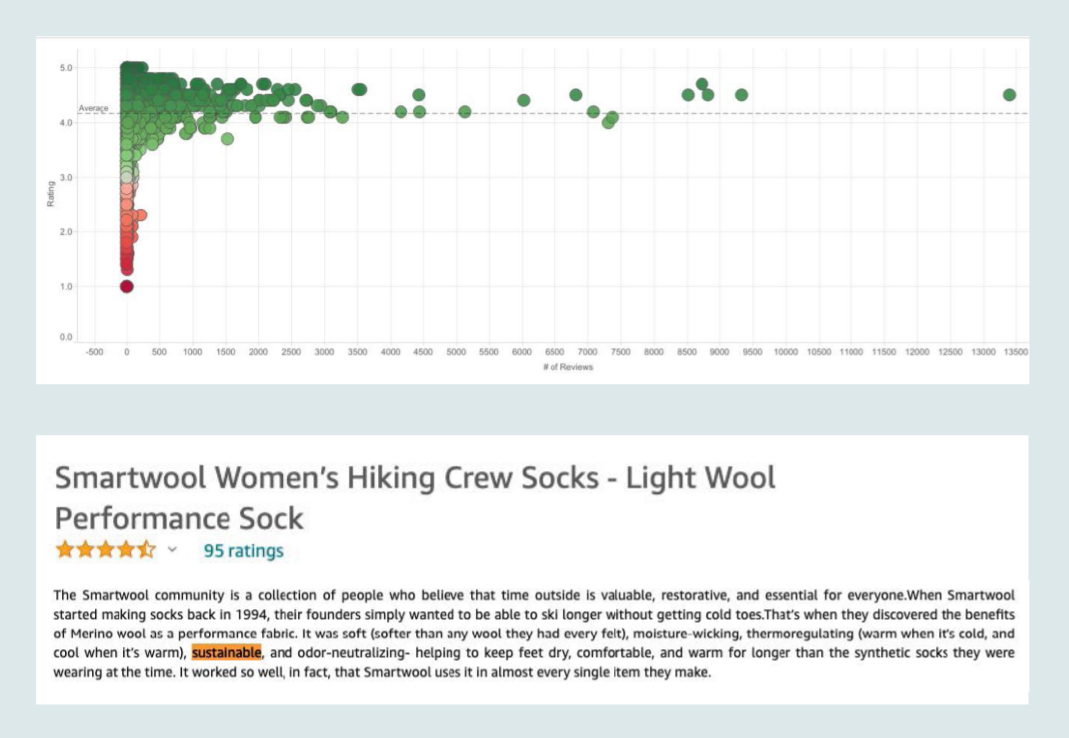
Interestingly, research from Emarsys shows that there is still a big number of consumers, particularly in the UK (27%) that buy from retailers regularly, despite disagreeing with their ethics. That is because social responsibility is not the only consumer buying motivator. So building a CSR strategy shouldn’t be the only move brands focus on. There are many more factors that impact buying decisions, including product range, availability, and prices, each brand needs to keep in mind and make the right choices based on their target audiences.
Of course, we can’t wait to see more social and environmental initiatives launching in 2022! Remember, these initiatives don’t need to be huge. Small, local businesses can still make a difference, for example, our client Sahara London focuses on fighting against fast fashion by creating pieces made of natural, quality materials that last longer, like linen, and uses local sources and traditional techniques when possible.
So while working towards improving your CSR – remember! Your customers need to come first. Understand their buying motivators and satisfy them, while ensuring your responsibility efforts align with their ethics to increase satisfaction and create stronger, more loyal relationships.



